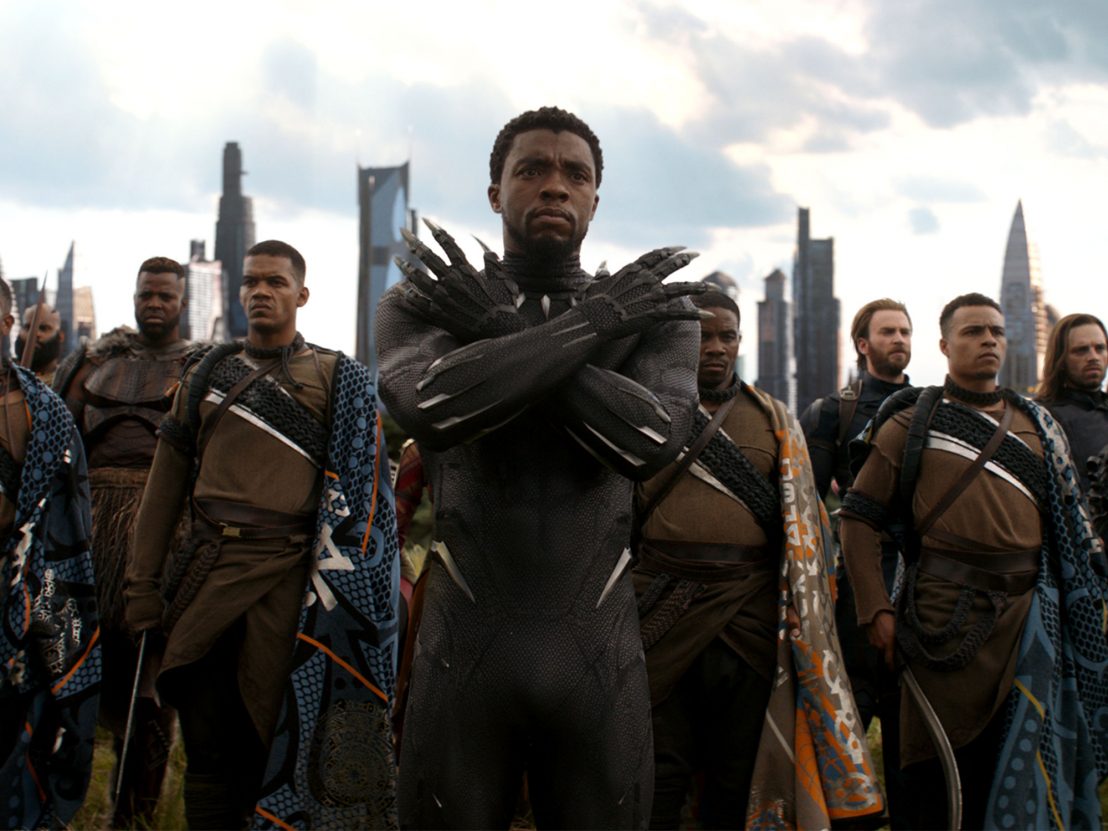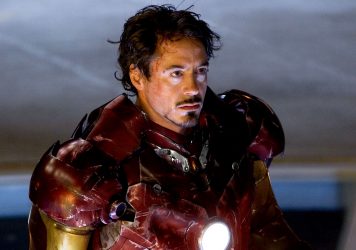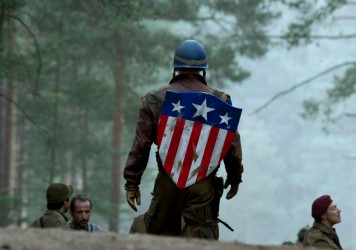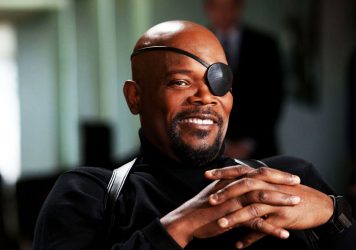
Like it or not, Marvel Studios has profoundly altered our expectations and understanding of modern blockbuster cinema, from cameos and post-credit scenes to slow build serial storytelling. Superhero movies are their own genre with their own unique visual language – and it’s a house Marvel built from the ground up.
Creative ingenuity relies as much on structure as raw talent, but in the case of the Marvel Cinematic Universe it’s hard to wrap your head around the numbers, let alone the hype. As the highest grossing cinematic franchise of all time ($15 billion and counting) gears up for Avengers: Infinity War, there appears to be no end in sight to this contemporary pop culture phenomenon. Yet even now it’s easy to overlook just how carefully and precisely Marvel’s grand vision for a 20-year, 40-film mega-franchise has been implemented. You need only look as far as the DCEU and Dark Universe to appreciate what the studio has managed to achieve thus far.
Infinity War is film 19 in the series, with a further 14 in development or production, alongside 14 associated television series, two web-series, five shorts and 29 tie-in graphic novels. The awesome scale of planning hasn’t gone unnoticed academically, and in 2015 the University of Baltimore piloted a media course in a study of the MCU led by Dr Arnold T Blumberg. The focus of the course was the study of the interconnected Marvel storyworld, but upon reflection Blumberg observes that his analysis relates as much to society as it does the media: “The vast and sprawling interconnected narrative of the MCU makes for a perfect environment in which to explore all the issues that make for a rich and varied academic experience. These films are a microcosm of our entire culture, and a time capsule of the era in which they exist.”
Such is the scope of the MCU that direct analytical engagement stands to challenge students on multiple levels. Beyond the finances and business plan is an ocean of gender, race, casting and adaptation debate.
In order to build a complex and accessible multi-platform franchise, Marvel had to wed creativity and economy, a process that began with Iron Man back in 2008. It’s easy to forget Robert Downey Jr was a left-field choice to front an ambitious series from an untried studio. Marvel understood that the brilliant but flawed Stark was the perfect entry point for what was to come, and director Jon Favreau knew that Downey Jr embodied the human elements of the character. “[Robert] understood what makes the character tick. He found a lot of his own life experience in Tony Stark.”
Fast forward 10 years and we’re set to welcome Josh Brolin’s big bad Thanos to the fight, a nihilistic alien god who is a far cry from Stark’s billionaire playboy. Yet audiences are now conditioned to the required suspension of disbelief with regards to the introduction of these new characters. As Blumberg notes, the decision to start with Iron Man enabled the growth that followed: “Marvel had a brilliant strategy. First, introduce your audience to a single character in an otherwise realistic world, and see the impact of that character on that world when he exhibits extraordinary abilities. In addition, [Tony Stark] continues to serve as the audience’s way in to that world as it begins to evolve. Then introduce others individually, and eventually bring them all together in a world forever changed by their presence and their unity.”
It was an approach built out of patience which Marvel’s competitors failed to grasp, says Blumberg: “You needed time to train the audience, to develop emotional bonds between them and the characters. DC did a very bizarre, deeply problematic take on Superman, dropped in a Batman… did one good film with a fully realised character in Wonder Woman, then said, ‘All right, let’s go right to the Justice League and add a few more in.’”
The notion of training audiences to read the films is perhaps the most important work across the MCU. If you’ve ever read a comic, you’ll understand that a splash page of one whole revealing panel is often on the fifth page of the block. If the big reveal happens on the right your eye-line will stray – you keep it separate. Marvel applied this same process in their films, not jumping straight to the Avengers reveal but building over four films of gradual storytelling. A world the casual, non comics fan could recognise was established before exploring the impossible.
As Blumberg puts it, “By the time we visited Asgard extensively, or traveled into space with the Guardians of the Galaxy, you had an audience of millions that had become comfortable with the world of the Marvel Comics characters. If they had started with the Guardians, or Odin pontificating from the throne, you would have lost those people in a heartbeat.” Now Asgardian pontification and weird alien worlds are familiar, Marvel can enter a true unknown, be it dark dimensions, quantum realms or across the multiverse. Thanks to meticulously structured storytelling and patient planning, it now appears there is nowhere the MCU could go where their loyal fanbase wouldn’t follow.
Published 22 Apr 2018

The founding Avenger could be about to hang up his suit. Who’s ready to become the MCU’s new MVP?

By Ivan Radford
The first Avenger is a patriotic symbol of Us vs Them politics in the Marvel Cinematic Universe.

These bonus moments have become a mainstay of modern blockbuster. But are they a cynical marketing tool or cinema’s secret weapon?